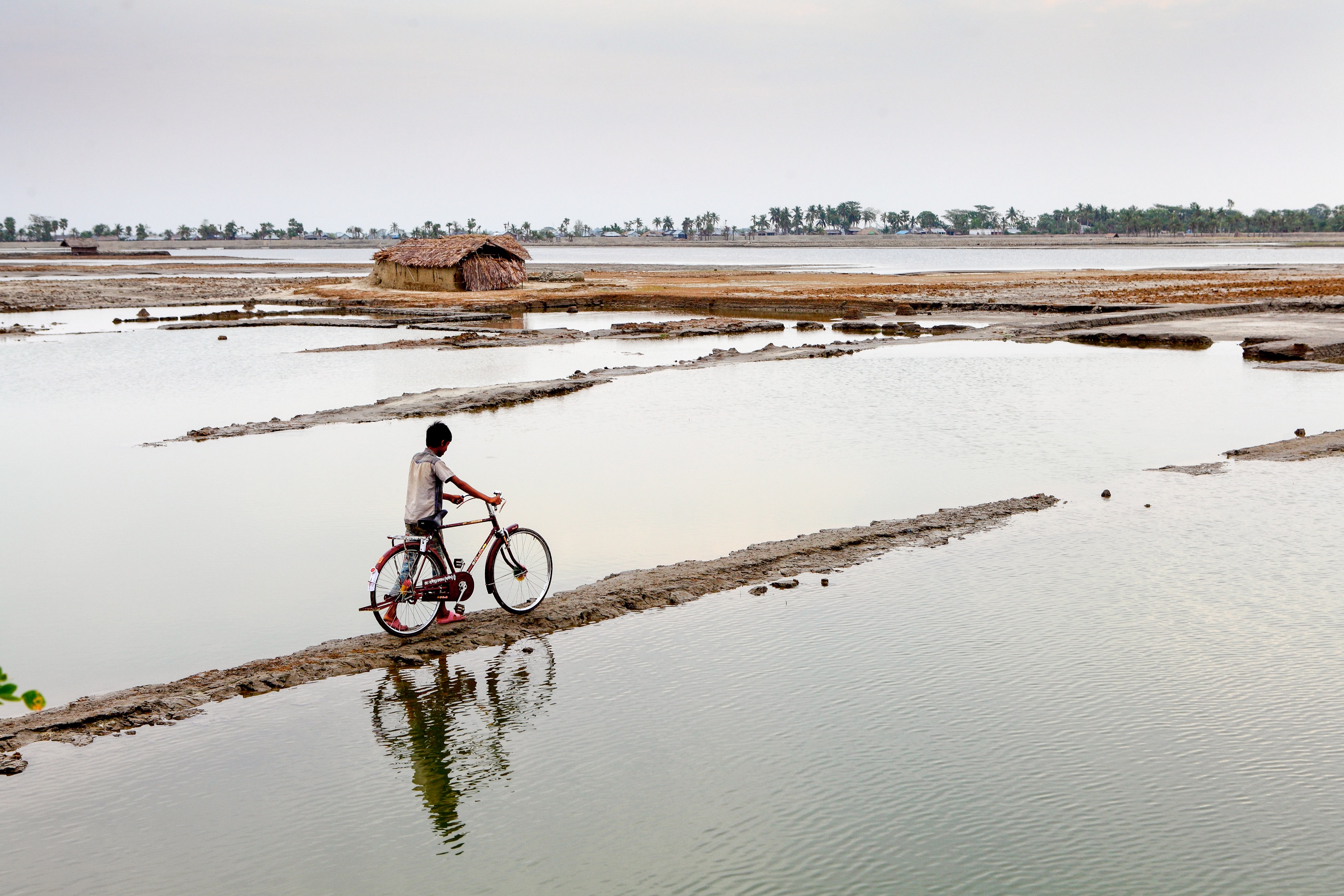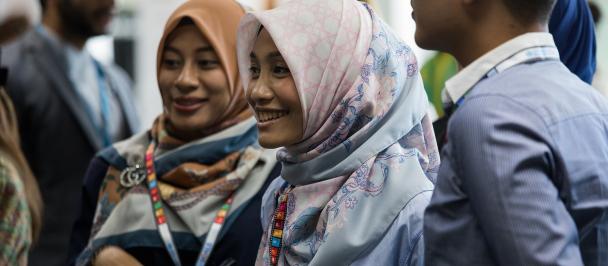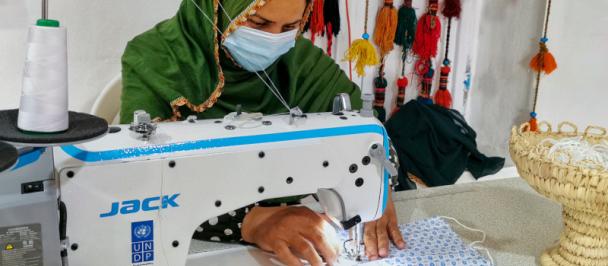Navigating the waters of global development: A shifting economic and aid landscape
February 19, 2024

Navigating the waters of global development: Climate change and other global crises call for enhanced international cooperation.
As the world grapples with an array of global crises—from the ongoing war in Ukraine to the Israel-Gaza conflict—the global economy has shown resilience reflecting both its underlying strengths and weaknesses alike. The World Bank’s latest report sketches a picture of modest growth, with global economic expansion slowing to 2.4 percent in 2024 from 2.6 percent in 2023. This decline continues a trend attributed primarily to stringent monetary policies aimed at reigning in inflation, tighter credit conditions, and a weakened pulse in global trade and investment. Developed nations and China are expected to experience growth rates below their last decade's average, marking a critical juncture. Emerging markets and developing economies are at a crossroads, those with robust fundamentals potentially see improvements, while others burdened by vulnerabilities face an uncertain future, especially lower-income countries already facing debt-servicing pressures.
Despite recognized needs for enhanced international cooperation on critical issues like climate change, debt relief, and food security, the bilateralization of aid and increased earmarking through multilateral channels continue to breed inefficiencies. This is particularly evident within the UN development system, which receives 73 percent of contributions earmarked to projects. The coming years, shaped by a blend of geopolitical tensions, economic uncertainties, humanitarian emergencies, climate finance needs, and multilateral development bank reform, present a complex funding outlook for global development.
"The future demands a strategic approach to engaging stakeholders, diversifying funding sources and forging robust partnerships."
The dynamics of Official Development Assistance (ODA) are equally complex. Crossing the US$200 billion mark in 2022, a substantial portion of this increase is linked to in-donor refugee costs and support for Ukraine. However, this milestone is clouded by concerns over the dilution of aid quality, as leniencies in qualifying criteria potentially inflate ODA figures, diverting from core developmental goals. The evolving landscape of ODA, underscored by a report from AidWatch, suggests a future where aid could shift away from humanitarian interventions, raising crucial questions about the direction and effectiveness of global aid mechanisms.
The political landscape is no less complex. With 2024 dubbed a 'super election year', the outcomes of numerous global elections could significantly impact geopolitical stability, international cooperation, and aid policies. Political shifts in major donor countries could influence aid volumes and priorities, highlighting the delicate balance between national interests and international engagement. Europe's parliamentary elections and the forthcoming polls in the US are particularly noteworthy, given their potential to reshape aid dynamics and priorities.
Conflict and humanitarian needs continue to escalate, with nearly 300 million individuals requiring assistance amidst protracted crises in 2024. The widening humanitarian funding gap, juxtaposed against rising needs, calls for a concerted effort toward political solutions and the integration of development actors and financial institutions in crafting durable responses that address root causes of instability and conflict.
Climate finance is a critical focus area, especially following commitments made at COP28. Despite notable pledges, the stark reality of a significant financing gap for mitigation and adaptation efforts looms large, underscoring the need for substantial investment to meet global climate goals. It is equally important to ensure commitment to climate action should not undercut support to development assistance to developing countries in need.
More than 50 countries are scheduled to hold elections in 2024. The results could recast geopolitical stability, international cooperation and aid policies.
Reforming multilateral development banks presents an opportunity to bolster development and climate finance and address global challenges. Initiatives like the Bridgetown Agenda and the World Bank's reform proposals signal a move towards expanding lending capacity and enhancing the efficacy of global development finance. With the top development funds, including IDA, Gavi, and the Loss and Damage Fund, due for replenishment in 2024-2025, there's concern among analysts about the possibility of a zero-sum game for limited resources, especially since the main contributors to these funds are typically the same.
As we navigate this shifting landscape, the UN development system and its partners face a critical moment. Emphasizing the importance of addressing the root causes of conflict, advocating for increased climate action, and deepening collaboration between Multilateral Development Banks and the UN development system will be paramount. The future demands a strategic approach to engaging stakeholders, diversifying funding sources and forging robust partnerships.
In this era of complex global challenges, the path forward requires a collective commitment to innovation, resilience, and cooperation. As we endeavor to sustain the momentum of global development, the onus is on policymakers, donors and development practitioners to adapt, innovate and collaborate more effectively than ever before.

 Locations
Locations





